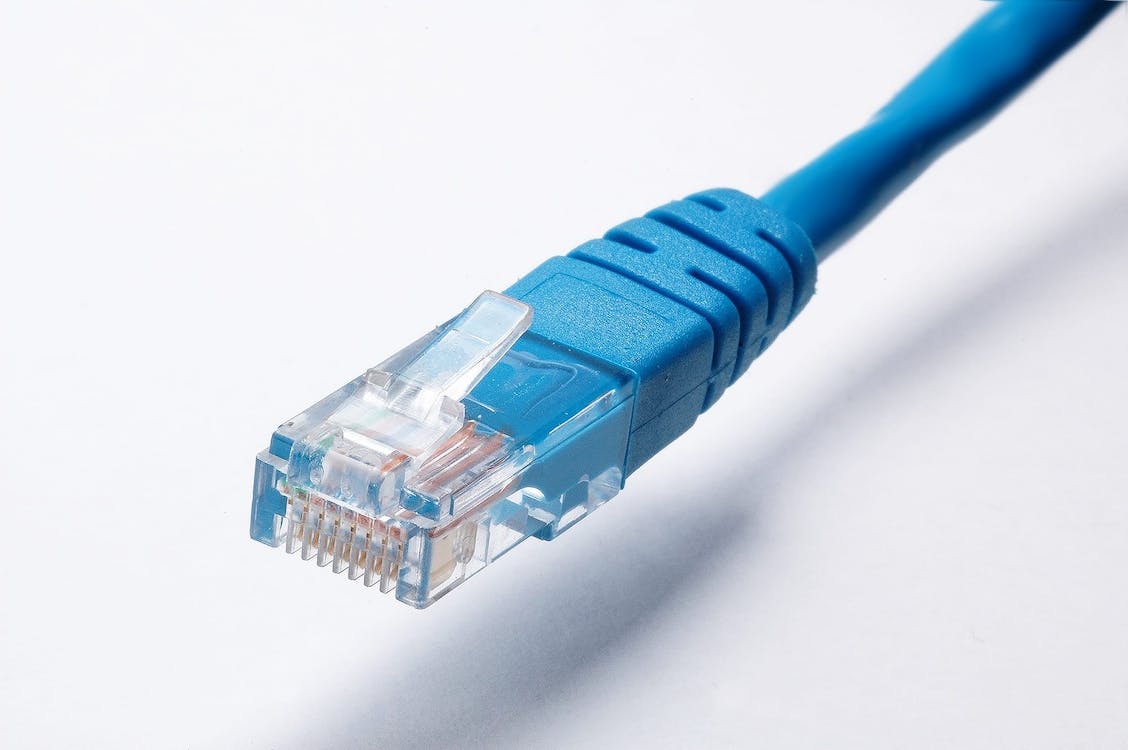For someone who isn’t aware of the intricacies of networking technology, it might be difficult to differentiate between the different kinds. The main thing that sets all of them apart is the geographical area they cover. Additionally, the number of PCs, which are integral to their networks, need to be taken into account. These might include devices present in one room to millions spread around the world. Read on as we elaborate upon the usual categories of networks and highlight the differences between them.
Local Area Network (LAN)
Simply put, a LAN is a local area network. These can be frequently found in offices, and an increasing number of homeowners are acquiring this technology too. This is because access to Wi-Fi is very easily available now.
Most local area network use Ethernet as their foundation regardless of whether they are wired or wireless. Even though the Ethernet technology is as old as the 70’s, it still is widely preferred over other standards such as IPX, NetBEUI, Apple Talk and token ring. Back when these other standards were still more common, you could find LAN networks based on them as well, but Ethernet is the main standard in use now.
Data transfer over LAN is pretty fast because of the limited number of computers on the network. Because they cover a smaller geographical area, they are privately owned, and it is easier to design them. Their maintenance cost is also lower.
LAN connections can be wired or wireless. Wired connections will have twisted pair cables and provide greater speed and lesser noise compared to other networks. They are also more secure, compared to a wireless connection which does leave room for interference.
Metropolitan Area Network (MAN)
A Metropolitan Area Network or MAN connects computers in same or different cities. It is important to note that the geographical area covered by a MAN connection is greater than that of a LAN but less than that of a WAN. They are also more difficult to design and maintain compared to a LAN connection.
Data transfer on MAN connections is slower compared to LAN connections, and their tolerance for congestion on the network is lower as well. These connections are usually not privately owned by any one organization. Data transmission is done through modems and wires. Some well-known examples for a MAN connection are DSL and cable TV.
Wide Area Network (WAN)
A Wide Area Network or WAN covers a very large geographical area. It can also be a collection of other LAN and WAN connections. It can be a private connection limited to the use of one organization, connecting their multiple offices, or be accessed by the public such as the Internet!
Because they cover such a large geographical area, WAN connections are more expensive. Organizations can save on cost by opting for a wireless connection, but campuses for example are more likely to opt for a wired connection. For the same reason, they are also more difficult to design and maintain due to low fault tolerance.
In terms of data transfer speed, it’s about one tenth of that of a LAN connection. The greater distance covered reduces the speed significantly, but it is also the only way people across one or multiple countries can be connected to each other.
Personal Area Network (PAN)
Personal Area Networks or a PAN covers a very small geographical area. Data transfer is possible on this connection across a small room. Similar to other connections discussed, it can be both wired and wireless. An example of a wireless PAN connection is Bluetooth and USBs are a well-known example of a wired PAN connection. Wi-Fi can also qualify as a PAN connection since it is also used to transfer data over small areas.
Conclusion
Differentiating between network technologies is not as difficult of a task as it sounds. The advantages or disadvantages of each connection stem from the geographical area they cover, and depending on why you need the connection, making a decision on which one to use should be simpler now. LAN and PAN work best when connected in a limited area, whereas the geographical area covered by WAN and MAN is wider.

